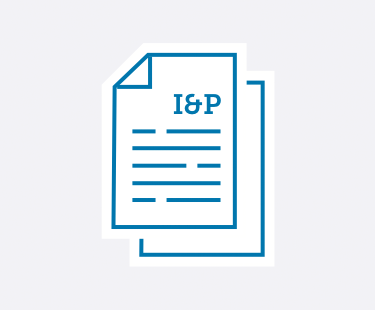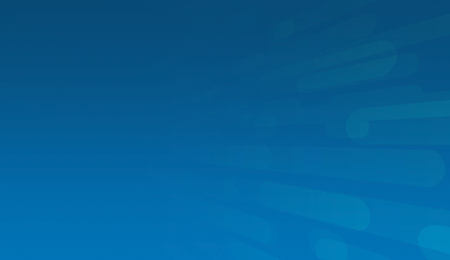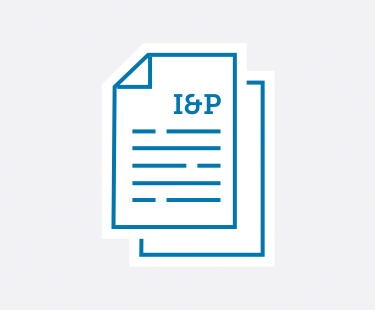

Learn practical strategies to handle emerging trends and leadership challenges in private schools.
No matter if you’re a School Head, Admission Director, Development Director, Board member, or any other private school administrator—Ideas & Perspectives®, ISM’s premier private school publication, has strategic solutions for the pervasive problems you face.
- Tuition not keeping pace with your expenses? In I&P, explore how to use strategic financial planning to create your budget and appropriately adjust your tuition.
- Enrollment dropping off? Discover how to implement the right admission and enrollment management strategies that engage your community—and fill your classrooms.
- Trouble retaining teachers? Learn how you can best support your teachers using ISM’s Comprehensive Faculty Development framework. Your faculty members will become more enthusiastic about their roles—which ultimately improves student outcomes.
- Fundraising campaigns not as successful as you’d hoped? Implement ISM’s practical advice and guidance to build a thriving annual fund, construct an effective capital campaign, and secure major donors—no matter your community size or location.
- Not sure how to provide professional development—for you and your staff? Learn ways to develop and fund a successful professional development strategy. You can improve teacher-centered satisfaction and growth, which in turn strengthens student-centered learning.
- Problematic schedule? You can master the challenges of scheduling with the help of ISM’s practical advice, based on our experience with hundreds of schools and our time-tested theories.
- And so much more.
I&P has shared targeted research, up-to-date insight, and sound theory with school leaders since 1975. More than 8,500 private school decision-makers find the answers to their schools’ administrative and governance matters in our advisory letter. We give you the strategic answers you need.
As an ISM Silver or Gold member, you not only receive issues online and in print 10 times a year, but you have access to 900+ articles in our web archive. Need help? It’s at your fingertips! Learn more and sign up for ISM's membership here.
Search
See the articles from our latest issue of Ideas & Perspectives.
Will the IRS Deem Your School Head’s Compensation an “Excess Benefit”?
Volume 29 No. 12 // September 28, 2004
In a recent press release, the IRS announced a new enforcement effort that will affect private-independent schools, especially School Heads. Specifically, the IRS will be more closely examining the compensation agreements between schools and their Heads. In addition, the IRS will be re-evaluating the reports a 501(c)(3) organization is expected to file (especially the annual Form 990).
1. Already a member? Click here to login.
2. Not a member? Click here to become a member.
3. Not sure? We'll help you figure it out.
Board Profiling: A Structured Approach
Volume 29 No. 12 // September 28, 2004
With reference to the Board, the viability and stability of a private-independent school relies on three factors: (1) the relationship between the Board of Trustees and the School Head—and how that translates into each playing an effective and appropriate role, (2) the understanding by the Board of its strategic role in protecting the viability of the school, and (3) the strategic recruitment of the Board with the mission of the school and the strategic role of the Board held to the forefront. This article will deal with the third of these points.
1. Already a member? Click here to login.
2. Not a member? Click here to become a member.
3. Not sure? We'll help you figure it out.
Marketing Your Strategic Planning Document
Volume 29 No. 11 // September 2, 2004
The most critical aspect of your planning document is to have a process to bring it to fruition. It’s also important to develop effective ways to educate your major constituencies about the plan and its initiatives, and to keep them informed about progress toward completing your objectives.
1. Already a member? Click here to login.
2. Not a member? Click here to become a member.
3. Not sure? We'll help you figure it out.
To Pay or Not to Pay Overtime – It’s No Longer a Question
Volume 29 No. 10 // August 12, 2004
After years of study, the U.S. Department of Labor adopted new overtime regulations (effective August 23, 2004), which are designed to ensure that all employers accurately identify employees who are entitled to overtime pay. Because private-independent schools are subject to overtime rules, you, as School Head, should undertake a review of current overtime pay policies and procedures and update your school’s employee handbook and job descriptions, as necessary. Be sure that your Business Manager is aware of these new regulations and how they should be applied.
1. Already a member? Click here to login.
2. Not a member? Click here to become a member.
3. Not sure? We'll help you figure it out.
How Non-Academic Heads Can Develop Academic Authority
Volume 29 No. 9 // July 14, 2004
As School Head, you must create and sustain a culture of professional growth and enhancement within the faculty, and thus generate exceptional student excitement, satisfaction, and performance, and enhance (enrollment) demand. However, if the path to your headship led from business, industry, the military, or another non-scholastic venue, this does not mean you will be a less-than-effective Head. You must develop your academic authority if you want to positively affect faculty culture and student performance.
1. Already a member? Click here to login.
2. Not a member? Click here to become a member.
3. Not sure? We'll help you figure it out.
Mission and Leadership: A Primer in Mission-Oriented 'Change' Problems
Volume 29 No. 8 // June 29, 2004
Every private-independent school has a mission statement. It is the creed by which the school operates. It generally stands, unless there are major changes in school structure or raison d’être. ISM has consistently said that “there should be no higher priority for Trustees and School Heads than the careful development of mission and philosophy statements, with an emphasis on continual reference and responsiveness to these two documents.”
1. Already a member? Click here to login.
2. Not a member? Click here to become a member.
3. Not sure? We'll help you figure it out.
Food Services for Day Schools: Student Wellness
Volume 29 No. 8 // June 29, 2004
A previous I&P article suggested that a school’s food service program can be a valuable ally in meeting families’ needs and securing their loyalty. This second article on evaluating food services examines students’ needs in light of recent concerns about their nutrition and health, particularly as linked to student achievement.
1. Already a member? Click here to login.
2. Not a member? Click here to become a member.
3. Not sure? We'll help you figure it out.
Private High School GPAs and Credits: Still a Competitive Advantage?
Volume 29 No. 7 // June 1, 2004
The National Center for Education Statistics has just released the report The High School Transcript Study: A Decade of Change in Curricula and Achievement, 1990-2000, which examines the “trends and changes in high school curriculum and student coursetaking patterns for the past decade.” The study included public and non-public schools. The findings are of particular interest when scrutinizing the contention that private schools provide a superior academic education when compared to public schools.
1. Already a member? Click here to login.
2. Not a member? Click here to become a member.
3. Not sure? We'll help you figure it out.
Your School's Annual Report: A Strategic Financial Plan Reporter and Institutional Promoter
Volume 29 No. 7 // June 1, 2004
Your Board has become a well-organized strategic entity that promotes institutional well-being. However, do parents, donors, and community members actually see the differences you’ve made or recognize and appreciate the nuances of your hard work? Caroline Taylor writes that the work of nonprofits “is often accomplished with little fanfare or notice.” (See Publishing the Nonprofit Annual Report: Tips, Traps, and Tricks of the Trade by Caroline Taylor (San Francisco: Jossey-Bass, 2002).) However, institutional promotion can keep your school in the forefront of the public’s mind and go a long way in telling the compelling story of your school’s unique mission, while attracting and retaining students and donors.
1. Already a member? Click here to login.
2. Not a member? Click here to become a member.
3. Not sure? We'll help you figure it out.
Food Services for Day Schools: Mission and Planning
Volume 29 No. 6 // May 8, 2004
There is an interesting dilemma facing parents today. On one hand, their hurried and scheduled lifestyle may make it difficult to provide consistent and appropriate nutrition at home. On the other hand, parents and students are more nutritionally aware than in past years and are constantly bombarded with health messages.
1. Already a member? Click here to login.
2. Not a member? Click here to become a member.
3. Not sure? We'll help you figure it out.


